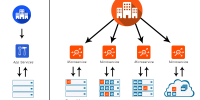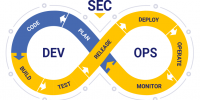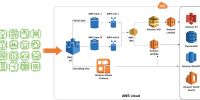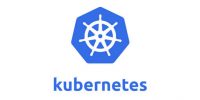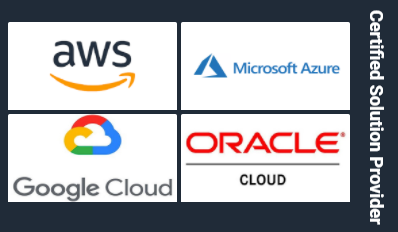Automating a Loan Platform Serving 10,000 Independent Brokers

A wholesale mortgage lender turned to Swoom to train its in-house team around Kubernetes and cloud-native best practices.
About the project
Brief results of the collaboration:
- Within the 10-day engagement period, the customer's engineering team obtained the necessary expertise in operating Tanzu Kubernetes Grid Integrated Edition adopted to serve the load of 33% purchase loans in the USA
- With extensive recommendations around multiple availability zones, automated operations, and disaster recovery, the organization was able to ensure high availability, scalability, and security of its deployment.
- Thanks to the assistance in integrating Wavefront, the in-house team can now proactively monitor the existing deployment. As the tool was customized to display the most relevant logs and metrics, incident response times significantly reduced
- Equipped with newfound expertise, the customer’s engineering team can now operate the platform at an optimal level and is ready for a full-scale migration to Kubernetes.
The customer
Based in the USA, the customer is a wholesale mortgage lender. The organization works with over 10,000 independent brokers, accelerating the lending process by up to 2x. With 30+ years in the industry, the company employs 8,000+ specialists and boasts a 20% market share.
The need
The customer offers several financial software services, including an online mortgage app, loan management, marketing tools, etc. With a view to move to a cloud-native stack, the organization adopted Tanzu Kubernetes Grid Integrated Edition (TKGI) to try it out. Being new to the technology, the in-house team was experiencing issues with automating the deploy, update, and backup procedures. In addition, there was no logging and monitoring, as well as reliable disaster recovery in place. As a result, manual management of the TKGI platform brought in numerous inefficiencies.
The company turned to Swoom, a certified VMware Tanzu solutions prodiver, for an in-depth, hands-on training around configuring, managing, and fine-tuning their TKGI deployment.
The challenges
The company’s software handles 33% of purchase loans nationwide, translating into dozens of billions dollars in loan volume quarterly. This puts proprietary systems under constant heavy load. So, the training agenda had to focus on maintaining the deployment in accordance with best practices around high availability, scalability, and security.
The solution
Engineers at Swoom customized the training agenda to address the issues specific for the current TKGI deployment. Our developers introduced the in-house team to the cloud-native concepts (e.g., microservices), provided recommendations around platform configuration and management, as well as shared DevOps best practices, such as the Twelve-Factor App methodology.
The team at Swoom demonstrated how to use Tanzu Mission Control to simplify the management of multiple clusters, users, pods, etc. Our engineers then showed how to automate platform operations, such as deploying and updating clusters, pods, and virtual machines, as well as restoring backups.
To help secure the platform, developers at Swoom advised on how to create network policies to prevent unauthorized operations with Tanzu Service Mesh.
To enable observability, our DevOps experts integrated Wavefront to the platform. Additionally, engineers at Swoom configured Wavefront to display logs and metrics relevant to the existing deployment out of thousands available via the tool. This way, the in-house team could close in on monitoring and reduce incident response times, without being distracted by information noise.
To help deal with critical issues that may cause downtime, our developers recommended the in-house team to create a plan for disaster recovery and use Concourse to automate infrastructure redeployment.
Finally, engineers at Swoom demonstrated how to deploy TKGI on multiple availability zones (AZ). This would add redundancy and improve availability, as the platform remains up and running once even a single AZ is active.
The outcome
Partnering with Swoom, the customer was able to train its in-house team in the efficient management of TKGI, keeping the platform scalable, highly available, and secure. Thanks to the integration with Wavefront, the in-house team can now proactively monitor logs and metrics relevant to the existing deployment, thus reducing incident response time. By acquiring knowledge around cloud-native concepts, best practices, and platform automation, in-house engineers spend less time on manual process, saving valuable man-hours. With a proper disaster recovery plan in place, the organization can better cope with downtimes and other critical issues. Now, the company has the expertise to move forward with a full-scale Kubernetes migration.


